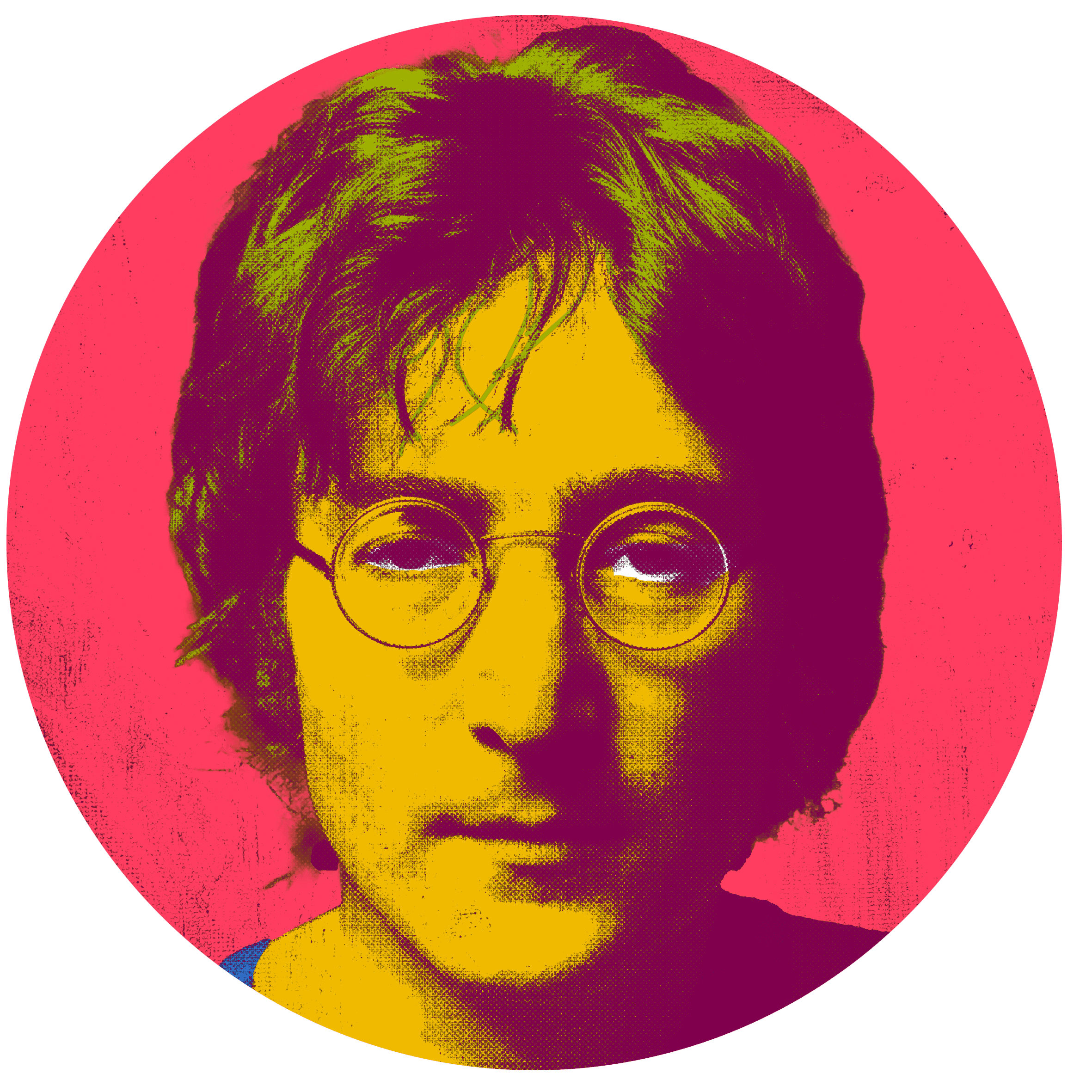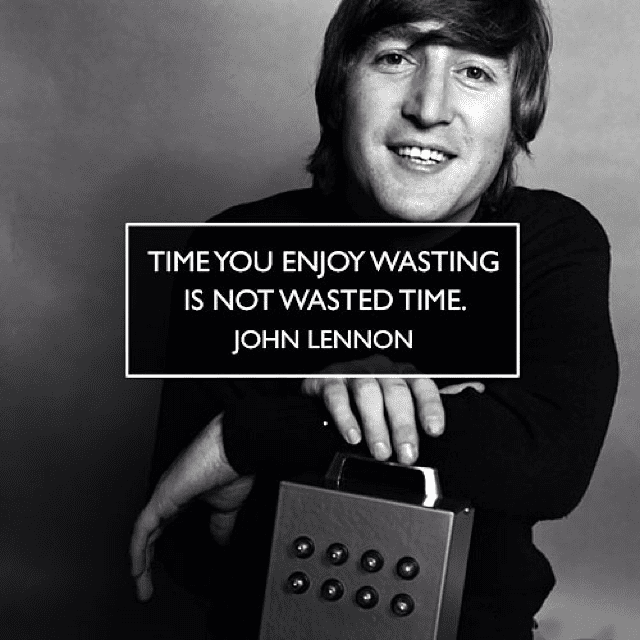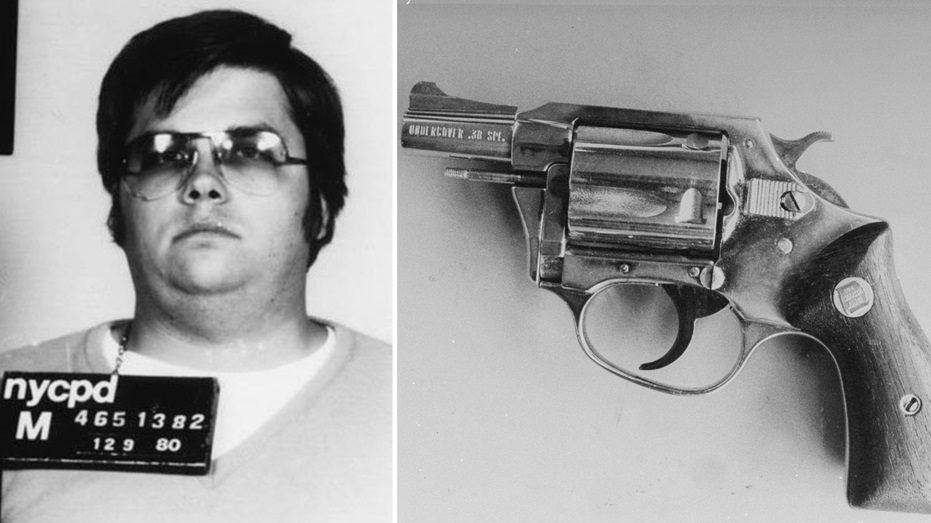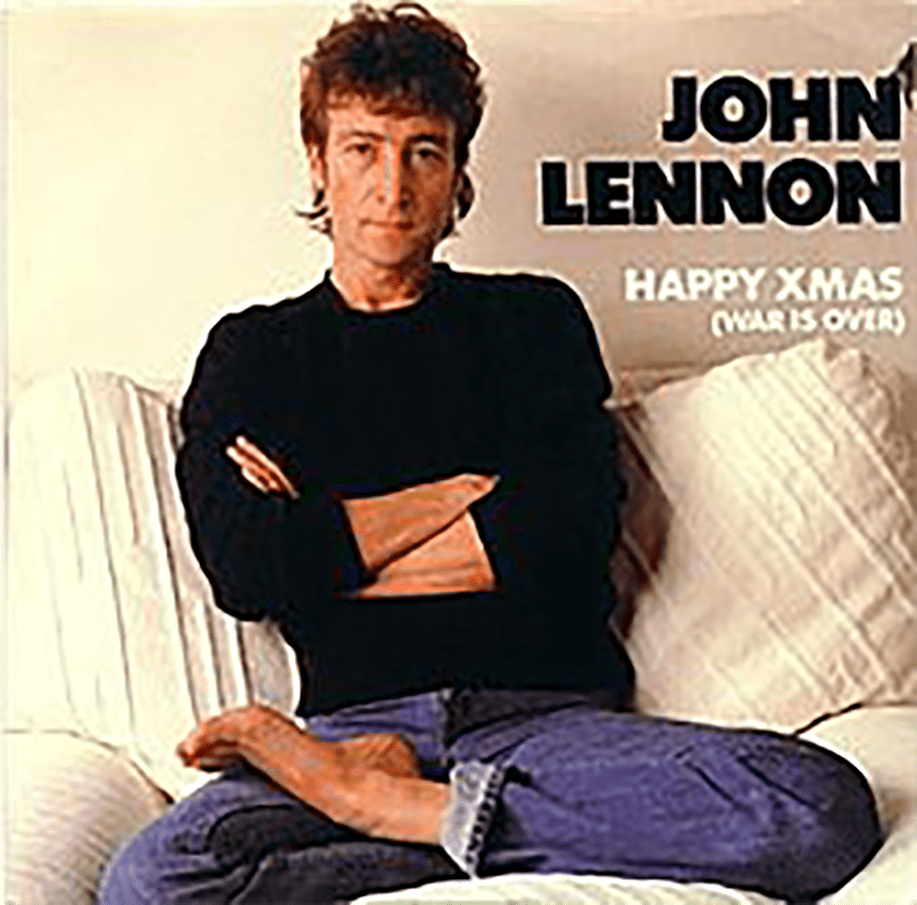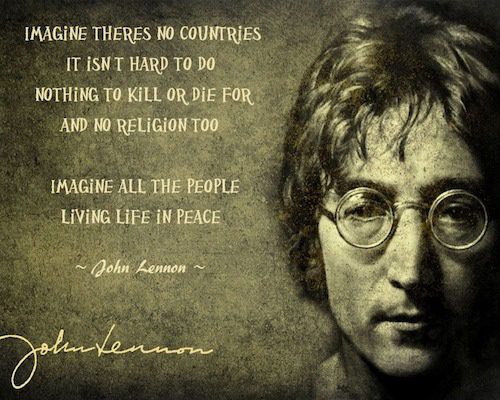
John Lennon’s “Imagine,” released in 1971, stands as a timeless anthem for peace and unity. Its simple melody and profound lyrics invite listeners to envision a world free from conflict and division. In this article, we’ll explore the song’s lyrics line by line to understand the depth of Lennon’s message.
“Imagine there’s no heaven”
Lennon begins by challenging the concept of an afterlife. He asks us to focus on our current existence rather than relying on the promise of a better life beyond. This line encourages living in the present and finding solutions to worldly problems now.
“It’s easy if you try”
Here, Lennon suggests that reimagining our world isn’t as difficult as it seems. He invites listeners to open their minds to new possibilities and perspectives.
“No hell below us, above us only sky”
By removing the concepts of heaven and hell, Lennon envisions a world without religious divisions. This line promotes the idea of universal equality, free from doctrinal conflicts.
“Imagine all the people living for today”
Lennon emphasizes the importance of living in the moment. Without the constraints of past grievances or future anxieties, people can focus on building a harmonious present.
“Imagine there’s no countries”
This line challenges the notion of national boundaries, which often lead to conflict. Lennon envisions a world where humanity isn’t divided by arbitrary lines on a map.
“It isn’t hard to do”
Reiterating his earlier sentiment, Lennon believes that overcoming these divisions is within our reach if we choose to adopt a unified perspective.
“Nothing to kill or die for”
Without countries or religious doctrines, the motivations for war and violence diminish. Lennon imagines a world where such extreme actions become unnecessary.
“And no religion too”
This controversial line suggests a world without organized religion, which Lennon felt often contributed to division and conflict. He advocates for a focus on shared human values over religious differences.
“Imagine all the people living life in peace”
The culmination of his vision: a global society where peace prevails, and humanity thrives without conflict.
“You may say I’m a dreamer”
Lennon acknowledges that his ideas might be seen as idealistic. However, he embraces this label, confident in the value of his vision.
“But I’m not the only one”
He reminds us that many share his hopes for a better world, reinforcing that collective action can lead to change.
“I hope someday you’ll join us”
Lennon extends an invitation to all, encouraging everyone to embrace this vision of unity and peace.
“And the world will be as one”
The ultimate goal: a unified world where differences are set aside, and humanity lives in harmony.
“Imagine” continues to resonate because it challenges listeners to reflect on societal structures and consider a more harmonious world. Its message remains relevant, inspiring generations to strive for unity and peace.
If you’re inspired by Lennon’s vision and wish to carry a piece of that message with you, consider exploring our John Lennon-themed apparel at poprocktee.com. Our collection celebrates the spirit of peace and unity that “Imagine” embodies.
Sources:
